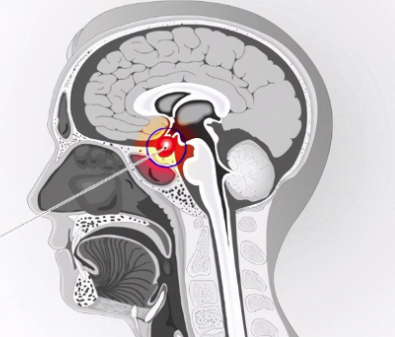Mars has always captured our curiosity, and now with advances in technology, we have the opportunity to learn more about the red planet and unravel its mysteries. Let me explain some of the key technologies that have made Mars exploration possible, and I'll do so in a nutshell. First of all, to gain a deeper understanding of Mars, we need the help of robotic spacecraft such as the Mars Rovers. They are like intrepid explorers who can carry out various tasks on the surface of Mars. The most famous of them is Curiosity, which successfully landed on Mars in 2012 and has been studying the planet ever since.

These Mars rovers usually carry high-precision cameras, various scientific tools and robotic arms, which can take pictures and samples, as well as conduct various experiments. The Mars rovers are like "exploring dogs" in space, with all kinds of high-tech "equipment" - high-precision cameras, scientific tools and robotic arms, like an intrepid explorer, to carry out a variety of tasks on the surface of Mars, such as taking pictures, sampling and conducting a variety of experiments.
Despite the challenges of Mars exploration, scientists successfully landed the rover on the surface of Mars through an elaborate "seven minutes of terror" process. The process was like a spectacular theatre production, with parachutes, rocket propulsion and decelerators all working together in a sophisticated "dance". To ensure that the Mars rover is fully energised, scientists have equipped it with solar "charging panels". Just as we put warm covers on our mobile phones during the cold winter months, the solar panels allow the rover to draw enough sunlight to convert it into the electricity it needs. This way, our rover will have a lasting power to explore the mysteries of Mars.

The connection between the Mars rover and Earth is like that between a distant traveller and his family back home, requiring the crossing of thousands of mountains, but each hard-won connection is very meaningful. Because Mars is so far away from Earth, the transmission of signals is like a long dialogue that requires patience and waiting for a response. Scientists have designed an efficient communications system for the Mars rovers that acts like their own dedicated phone and mail system, ensuring that data is transmitted and commands are received.
There are many exciting expectations for future missions to Mars. For example, the Resilient rover's goal of finding traces of life on Mars is like a treasure hunt for the story of life on Mars. The manned missions to Mars are like our Apollo programme, requiring a combination of technological breakthroughs and courage to send humans to Mars. These missions will take us further into the mysteries of the universe, and Mars exploration will continue to bring us surprises and discoveries.

The exploration of Mars can be said to be a magnificent adventure in which technology and human curiosity are intertwined. Like a tireless explorers, scientists use all kinds of high-tech "equipment" to unveil the mystery of Mars and satisfy our curiosity about the red planet. Mars exploration missions not only provide us with valuable knowledge, but they also create a solid "infrastructure" for space exploration. Just like a bridge, through these missions, we can gradually cross the gap between Earth and Mars, paving the way for future space exploration.




